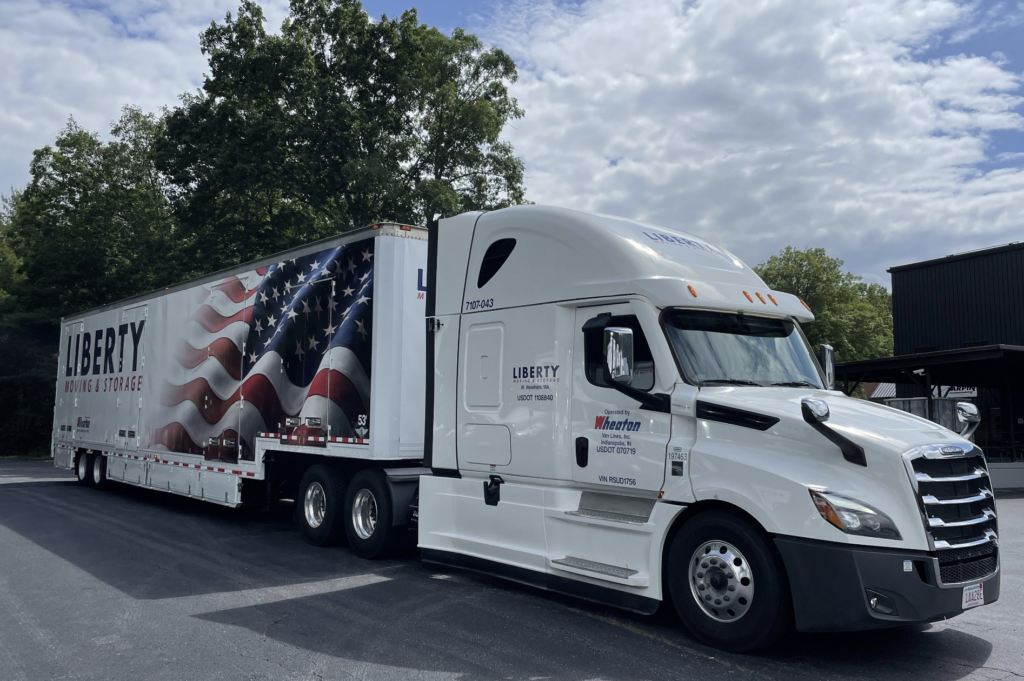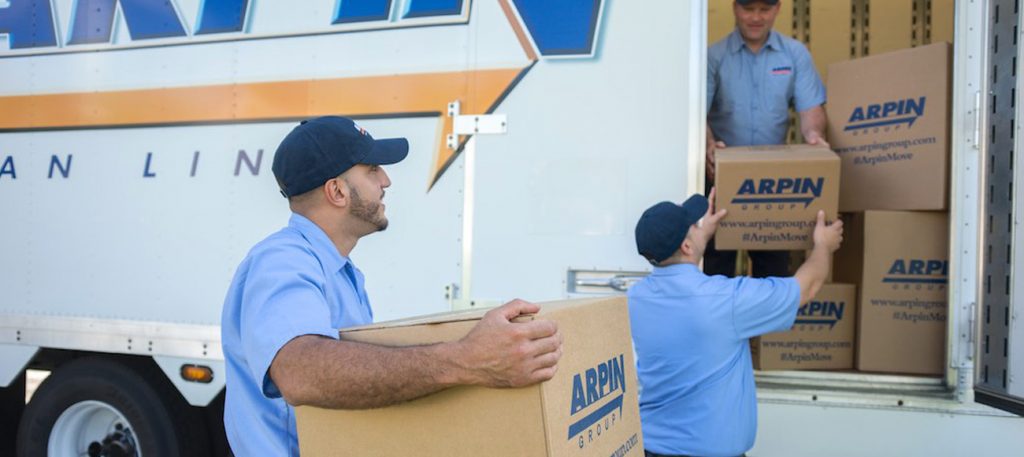Packing is the single most important service of the move. The better you’re able to organize and prepare your possessions before you begin to pack, the better Liberty Moving & Storage can service your relocation. Getting organized for a move can be a daunting task and it always takes longer than anticipated. You will find may treasures and mementos along the way that will make you stop and remines. While these side trips down memory lane are wonderful, they slow down an already tedious process
This is the time to assess each object in your current home to see whether it ends up making the trip with you to the new residence, or it ends up in a new location. This process should start as soon as your moving date is confirmed. Starting as early as possible will give you the time you need to be properly prepared. To begin the sorting process, every item in your home should be evaluated and placed into one these five groupings.
- The keep, consolidate, and pack for transport group
- The sell group
- The donate to charity, reuse, or give away group
- The recycle group
- The purge or throw away group
The best way to group these items is to ask and answer these questions in order.
- I still use it. (Keep, consolidate and pack)
- I really don’t use it anymore but I want to keep it. (Keep, consolidate and pack)
- I don’t use it anymore but it still has value, so I’ll sell it. (Sell)
- I don’t use it anymore but it still has value, so I’ll donate it or give it away. (Donate/give away)
- I don’t use it anymore and it has no usefulness, so I’ll recycle it. (Recycle)
- I don’t use it anymore and it really should be thrown away. (Purge)
The most effective way to sort items is to physically separate the different groups into unique locations. You can put them on separate shelves, put them into trash bags, boxes, or bins. We realize how time consuming this process is. Unfortunately, it is unavoidable. The reality is you only choose when you do these processes, not if you do them. Either you sort, purge, or consolidate before packing, or you will need do all three when you unpack. Our experience indicates that when the customer invests their time organizing before they pack rather than after they pack, they are much happier in the long run.
Let’s deal with the five sorting groups one at a time.
The “I still use it” group is the easiest to determine and those items should be consolidated to prepare for packing. Like a deck of playing cards, your possessions have been shuffled during the course of everyday life and may be dispersed in multiple locations around your home. Consolidation the items that you will take with you to the new residence is the most important pre-packing procedure.
Thoroughly consolidating similar articles together for packing now will not only determine how efficiently you pack, but it will also determine how quickly you get your new home set up and running. These are common consolidation techniques:
- Items that literally require another part or piece to function, such as cordless drills and chargers, should be consolidated together.
- Items that have multiple parts, like the attachments for vacuum and the actual vacuum, should be consolidated together.
- Items that are similar in nature, like books or records, should be consolidated together.
- Items that are part of a matching pair or set, such china, clothing, shoes, or toys should also be consolidated together.
The “I don’t use it anymore but I want to keep it” grouping involves two subgroups of items; those items that will be unpacked at destination and those items which will be archived. The first sub-group are items that you very seldom use but want to have access to like a foot massager or a vaporizer. These may be unpacked or perhaps kept packed. The second sub-group are items that have sentimental value like children’s toys or photos that you wish to save for posterity. This second group should be physically separated from the first items so they can be packed together. We recommend clear plastic totes for these types of articles rather than cardboard cartons. A plastic tote seal out contaminates better, offers better moisture (mold & mildew) protection, and since it’s clear, you can see what’s in it without having to open it.
The “I don’t use it anymore but it still has value, so I’ll sell it” grouping is more complex. An items size will dictate the manner of sale. Smaller items that can be shipped inexpensively are candidates for eBay. Larger items that are not shipped easily will most likely have to be sold with local delivery on Craigslist, Offer Up, or Facebook Marketplace. For metal items, there are local scrap yards that pay cash for valuable metals like aluminum, copper, and the rare earth metals in electronics. Other options include local consignment shops for glassware and art work, or the least desirable option: the traditional “sit in the hot sun and haggle with strangers” yard sale.
The “I don’t use it anymore but it still has value, so I’ll donate it or give it away” grouping is usually straight forward. These items may be given to family, neighbors, or to charities like Big Brothers and Big Sisters of RI, the Salvation Army, or Habitat for Humanity. Larger furniture may also be donated to charities who warehouse and store furniture for various charities.
Toxic consumable items like cleaners, automotive liquids, paints, fertilizer, tools, solvents, etc., should be gifted to family and/or friends to be used up, or taken to a specialized center specialized recycling center rather than throwing away in a landfill.
Always check with the potential recipient before saving for the item for them….they may not want the item as much as you want to give it to them. When considering fragile household items like lamps or ceramics, keep in mind that even though you’re giving these items away, you will still need to do some rudimentary packing in cartons to ensure they are not damaged.
The “I don’t use it anymore and it has no usefulness; so I’ll recycle it” grouping is a bit easier to handle since your really don’t need to take any particular care with the items. These items typically include clothing, old mattresses, old refrigerators, plastics, paints, oils, metals, and common single-use batteries. Most cities and towns have specialized locations to recycle cardboard, wood, electronics, electronics, and batteries.
The final grouping is the “I don’t use it anymore and it really should be thrown away”. These items are quite straight forward to deal with. Depending on the amount of materials you’re getting rid of, there may be options other than curbside pickup. You may need the services of a specialized junk hauler for the trash items or you can use the services of a local dumpster rental company. Remember that an item can move through all of these groupings before it gets to the trash heap….and that process can take a lot more time than you may anticipate.

